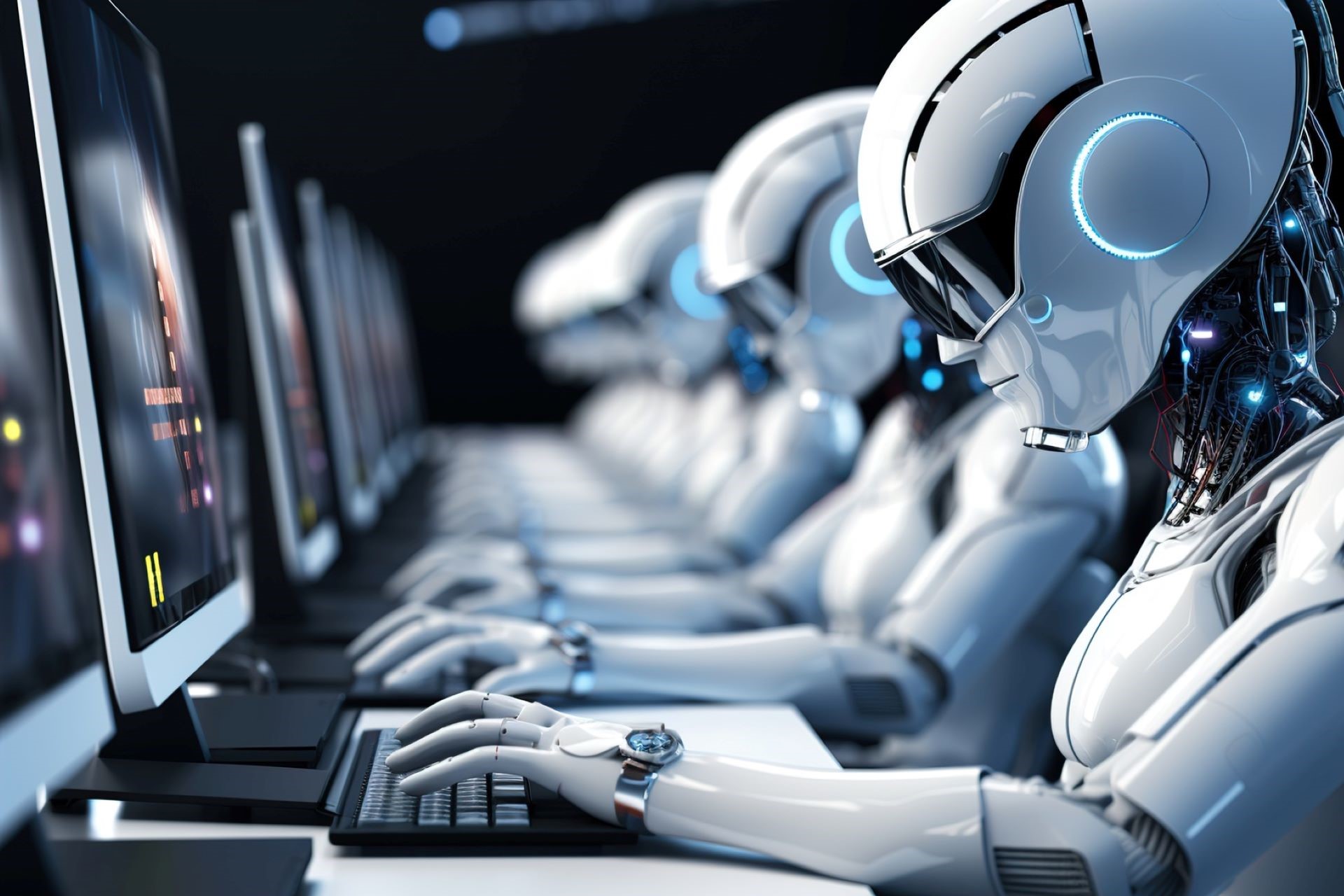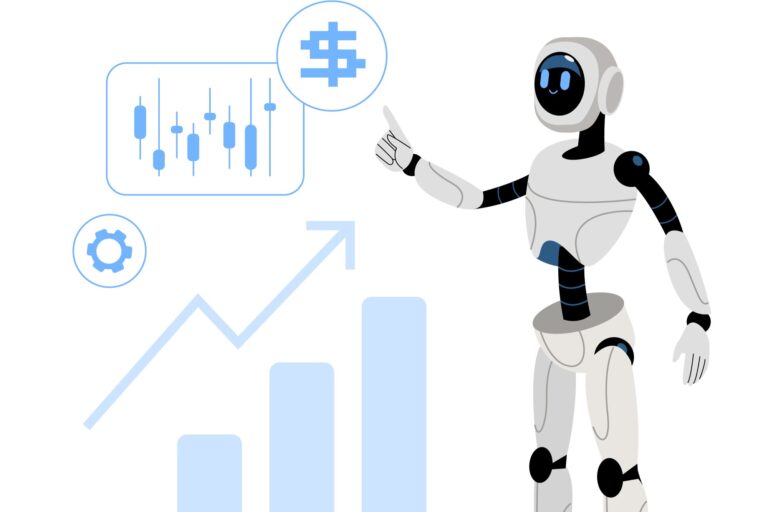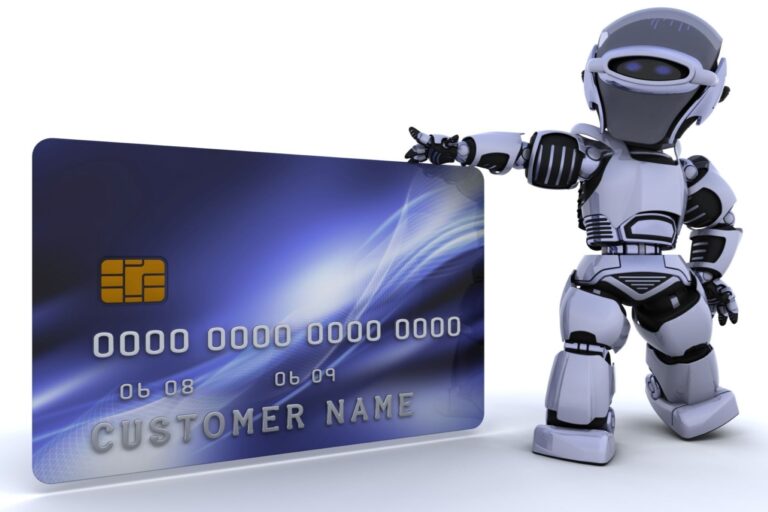Are AI trading bots profitable?
In the dynamic realm of finance, Artificial Intelligence (AI) trading bots have emerged as a pivotal tool for traders looking to optimize their strategies and enhance profitability. But the big question remains: Are AI trading bot crypto actually profitable? In this comprehensive exploration, we delve into the intricacies of AI trading bot crypto, examining their functionality, profitability, challenges, and much more.
What are AI Trading Bots?
AI trading bots are advanced software systems that leverage the power of artificial intelligence (AI) and machine learning to autonomously perform trading actions across various financial markets. Their main objective is to generate profit by making high-speed and high-accuracy transactions.
By utilizing complex algorithms, these bots can sift through enormous amounts of data, analyze market trends, and execute trades based on sophisticated predictive models. This capability allows them to perform well beyond the scope of human traders, who are limited by slower analytical speeds and the inability to process vast datasets simultaneously.
The efficiency of AI trading bots stems from their ability to integrate diverse sets of information, including historical market data, real-time price movements, economic indicators, and more. This integrated approach enables them to identify potentially profitable trading opportunities that would be difficult or impossible for human traders to spot. Furthermore, their ability to quickly adjust to new information and continuously learn from market dynamics helps to optimize their trading strategies, thus enhancing their potential for profitability.
How Do They Work?
AI trading bots function by executing trades based on algorithms that analyze market conditions and react according to pre-defined criteria. These algorithms are designed to interpret complex market data and decision-making processes that involve predictive analytics, statistical analysis, and probabilistic forecasting. The core of their operation lies in their continuous learning capabilities, where they use machine learning techniques to adapt and refine their strategies based on ongoing market activities. This process of ongoing learning is crucial for maintaining competitiveness in the dynamic trading environment.
The operational framework of these bots often includes several layers of analysis, starting from broad market scanning down to the execution of trades based on very specific triggers. For instance, a bot might analyze global economic news to gauge market sentiment and then drill down to specific stock performances to make buy or sell decisions.
This multi-layered approach ensures that the decisions are well-rounded and backed by a robust analytical process. Moreover, AI trading bots are configured to execute trades at an optimal speed, which is critical in taking advantage of price differences that may only exist for a few seconds.
Types of AI Trading Bots
AI trading bots can be broadly categorized into two types: those that follow static, pre-programmed rules and those that incorporate dynamic, learning algorithms capable of adapting in real-time. The simpler forms of these bots might operate on basic technical indicators like moving averages or relative strength indexes, executing trades when certain thresholds are crossed. These bots are generally easier to set up and can be effective in stable market conditions where price movements are predictable to some extent.
On the other hand, more sophisticated AI bots utilize advanced machine learning algorithms that enable them to modify their trading strategies based on new data. This type of bot is capable of complex tasks such as pattern recognition, sentiment analysis, and predictive modeling. They are particularly valuable in volatile markets where they can quickly adjust their strategies to capitalize on rapid price changes and market anomalies. Moreover, these advanced bots often feature capabilities for risk management, such as adjusting exposure based on perceived volatility, thereby helping to protect investments while still seeking profitable opportunities.
The Profitability of AI Trading Bots
The effectiveness and profitability of AI trading bots are influenced by a variety of factors that dictate their performance in live markets. These factors include:
- Design of the Bot: The architectural build and algorithmic sophistication of a trading bot play critical roles. Bots designed with advanced machine learning models that can analyze and adapt to market conditions dynamically tend to perform better than those with simpler, rule-based algorithms.
- Market Conditions: The state of the financial markets where the bot operates significantly impacts its success. For instance, high volatility can offer more opportunities for profit but also presents higher risks. AI trading bots that are capable of interpreting market sentiments and adjusting their strategies accordingly tend to be more profitable.
- User Expertise and Involvement: While AI trading bots are designed to operate autonomously, the initial setup and periodic oversight by the user can enhance their performance. Users who understand market mechanics and can tweak the bot’s settings based on evolving market conditions can potentially increase their profitability.
These factors together dictate how well a bot can perform financially. Effective bots are those that not only have robust technical foundations but are also deployed in suitable market environments and are properly managed.
Success Stories
AI trading bots have recorded numerous success stories where they have significantly outperformed human traders, especially in environments characterized by rapid market movements. Some notable highlights include:
- High-Frequency Trading (HFT) Bots: These bots operate on extremely quick trade execution to take advantage of price discrepancies across different markets or platforms. They are known for their ability to generate profits by executing a large number of trades at a very fast pace.
- Arbitrage Bots: These bots find price differences between several markets or different pairs within the same exchange. Their ability to instantly assess and act on these discrepancies allows them to make consistent profits with minimal risk.
- Cryptocurrency Trading Bots: In the relatively new and highly volatile cryptocurrency market, AI bots have been particularly successful. They can capitalize on the market’s drastic price movements and the 24/7 trading environment to perform round-the-clock trading, which is something very challenging for human traders.
Each of these success stories underscores the potential for AI trading bots to perform exceptionally well under the right conditions. Their ability to quickly process and react to market data makes them formidable tools in the hands of savvy traders.
Factors Influencing Profitability
The profitability of AI trading bots is not just a function of their technical capabilities or the initial investment but is deeply influenced by several key factors that interact with each other in complex ways. Understanding these factors can help users optimize their bots for maximum efficiency and profit. Below is a detailed explanation supported by a table that outlines the major factors:
- Market Conditions: The overall market environment significantly affects how a trading bot performs. Different bots are engineered to thrive in specific market conditions. For example, some bots may perform better in a volatile market that offers high profit potential through rapid price changes, while others might be suited to stable, trending markets.
- Bot Strategy: The strategy programmed into the bot is crucial. Trading strategies can vary widely – some bots may use basic arbitrage strategies, which involve buying and selling equivalent assets in different markets to take advantage of price differences. Others might employ more sophisticated strategies like trend following or predictive analytics to make trades based on anticipated future movements.
- Execution Speed: In markets where prices change in milliseconds, the speed at which a bot can execute trades is critical. High-frequency trading bots, for instance, rely on ultra-fast execution to make profitable trades before discrepancies in market prices are corrected.
| Factor | Description | Impact on Profitability | Examples |
| Market Conditions | Refers to the overall state of the trading environment (volatile, stable, bullish, bearish). | Determines the optimal operating conditions for bots. Varying conditions can lead to significant profit or loss. | Bots performing well in volatile conditions like during market dips or rallies. |
| Bot Strategy | The specific trading strategy or set of strategies the bot uses to make trades. | Directly influences how the bot interacts with market conditions and opportunities. | Arbitrage, trend following, mean reversion strategies. |
| Execution Speed | The speed at which a bot can analyze data and execute trades. | Crucial in fast-paced markets where price differences may last only a few seconds. | High-frequency trading bots that capitalize on quick market inefficiencies. |
Understanding and optimizing these factors can significantly enhance the performance of AI trading bots, making them not just tools for trading but powerful instruments for achieving profitability in various market conditions.
Challenges and Risks
Despite their promising capabilities, AI trading bots are not without their vulnerabilities and pitfalls. These challenges and risks can sometimes outweigh the potential benefits if not properly managed. Understanding these risks is crucial for anyone looking to integrate AI trading bots into their investment strategy.
Market Risk
AI trading bots, like any automated system or human trader, are exposed to market risks. Market volatility, while providing opportunities for high returns, also increases the risk of substantial losses. Bots programmed to leverage high volatility might perform exceptionally during market upheavals but can suffer just as dramatically when the market does not move as predicted.
Furthermore, many bots may not adequately differentiate between normal market fluctuations and extraordinary events, leading to potential misjudgments and financial loss. The capacity of a bot to adapt to sudden market changes is thus a critical aspect of its design, impacting its risk profile and effectiveness.
Technical Failures
Technical issues represent a significant risk in the operation of AI trading bots. Software glitches or system malfunctions can result in unwanted trades or failed transaction executions, potentially leading to considerable losses. For instance, a connectivity issue could prevent a bot from executing a stop-loss order, leaving an open position that could lead to significant losses.
Additionally, the complexity of algorithms themselves can be a double-edged sword; more complex strategies require more intricate coding, which increases the potential for bugs and system errors. Ensuring robust software development and ongoing maintenance is essential to mitigate these technical risks.
Regulatory Concerns
The regulatory landscape for AI trading is still evolving, posing another layer of risk for users of AI trading bots. Financial regulators around the world are scrutinizing the use of AI in trading due to concerns over market manipulation, unfair trading advantages, and overall financial stability.
Changes in regulations could affect how bots are used, what markets they can operate in, and the strategies they can employ. For bot operators, staying compliant with financial regulations is crucial not just for the legality of their operations but also for maintaining market integrity. Breaches of regulatory guidelines can lead to fines, sanctions, or even bans, affecting profitability and operational continuity.
Navigating these challenges and risks is part of employing AI trading bots in financial markets. Investors and traders need to continuously monitor their bots, refine their strategies, and stay informed about both market conditions and regulatory changes to harness the benefits of AI trading while minimizing the associated risks.







